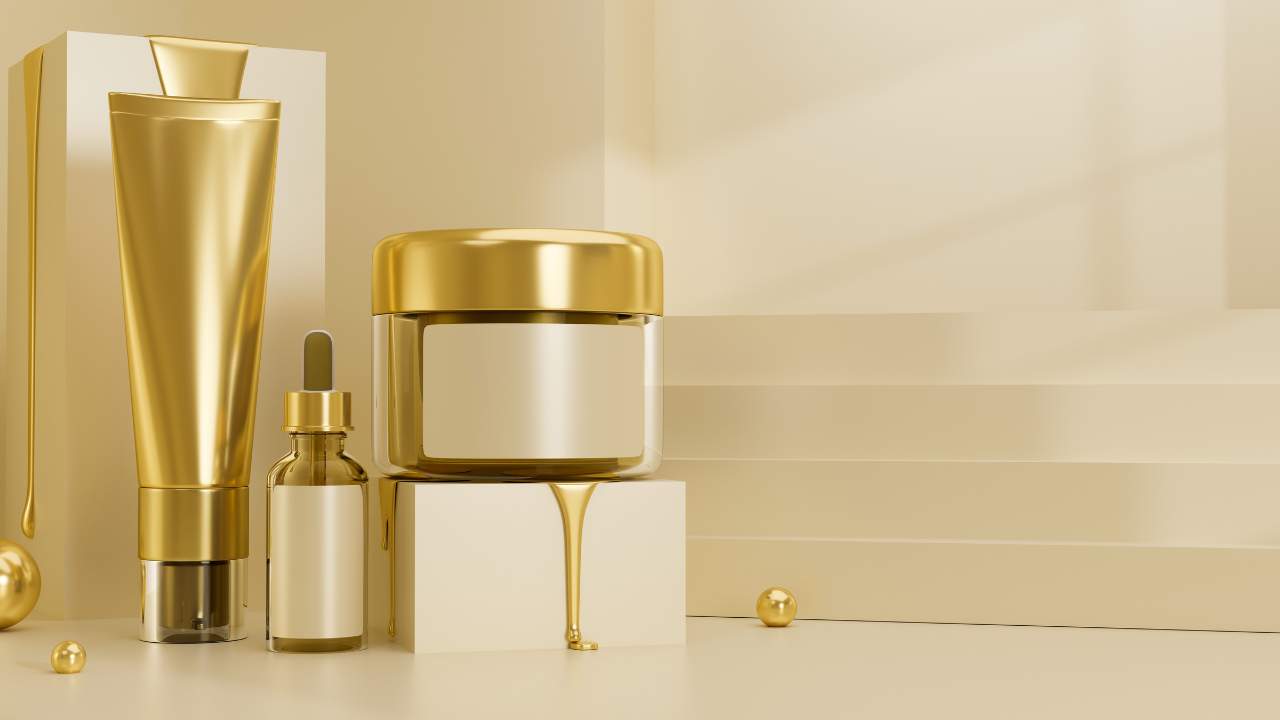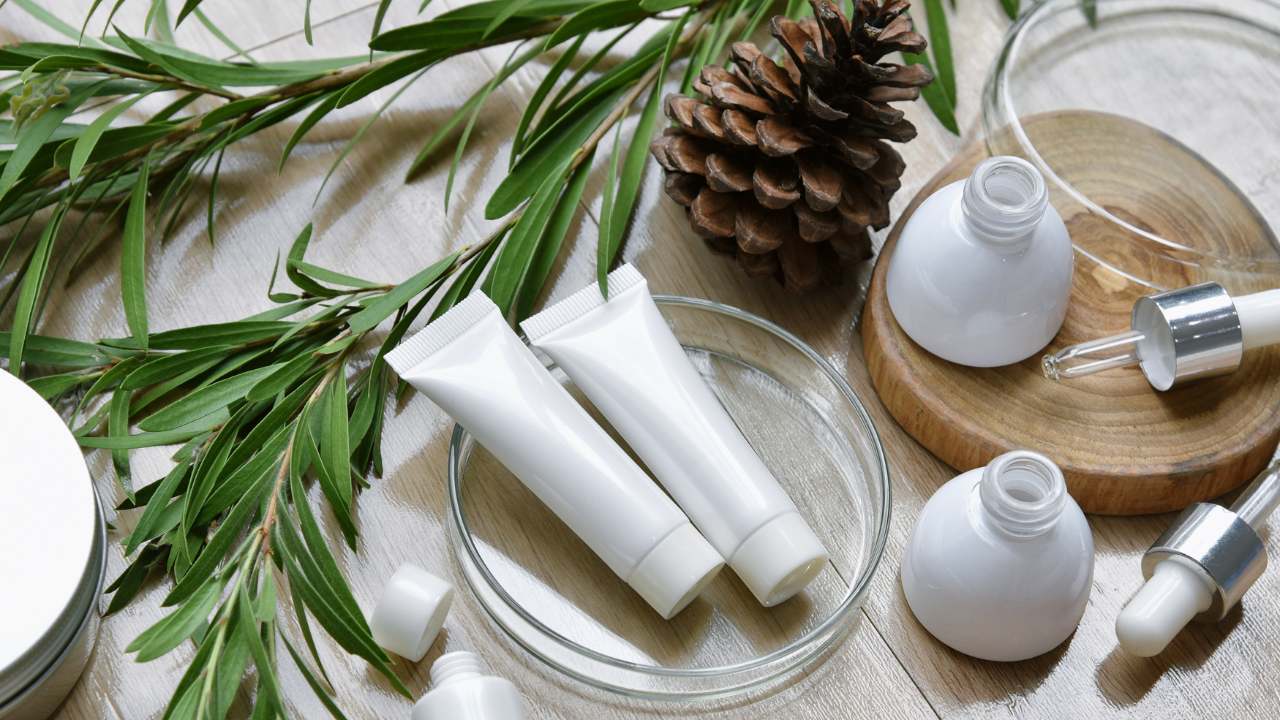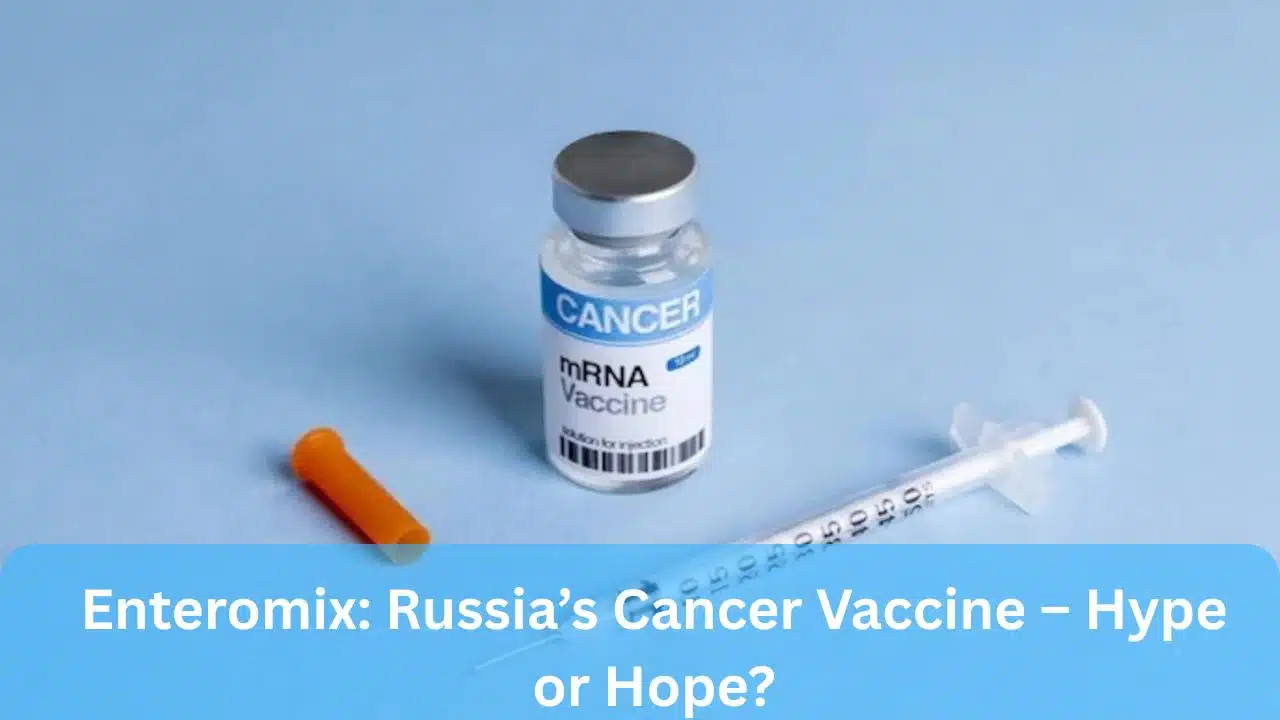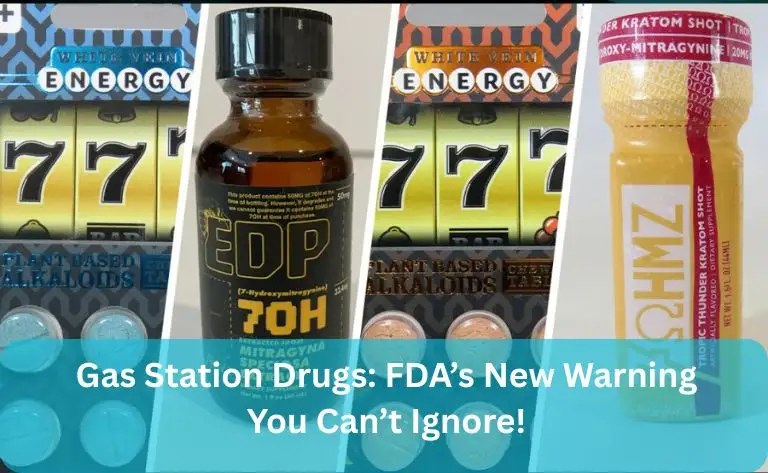Skincare products have become an essential part of daily routines, offering everything from moisturizers to serums, masks, and cleansers. But did you know that the container your skincare products come in plays a significant role in maintaining their quality, effectiveness, and shelf life? Choosing the right skincare container is not just about aesthetics – it’s about functionality, safety, and sustainability. In this post, we’ll explore the different types of skincare containers available, what materials work best for preserving the integrity of your beauty products, and how to make the most eco-conscious choices.
Table of Contents
- What Are Skincare Containers?
- Why Choosing the Right Container Matters
- Common Types of Skincare Containers
- Glass Containers
- Plastic Containers
- Airtight Containers
- Airless Pumps
- Materials Used in Skincare Containers
- Glass
- Plastic
- Aluminum
- Wood and Bamboo
- Eco-Friendly Skincare Container Options
- Biodegradable Containers
- Recyclable Plastics
- How to Choose the Right Skincare Container
- For Sensitive Skin Products
- For Active Ingredients (e.g., Vitamin C, Retinol)
- For Natural and Organic Skincare
- The Role of Packaging in Branding
- How to Properly Store Your Skincare Products
- Innovations in Skincare Packaging
- Conclusion
1. What Are Skincare Containers?
Skincare containers are the packaging or vessels that house the beauty and skincare products you use daily. These containers not only ensure the product stays protected but also play a significant role in determining the product’s effectiveness. From jars to bottles and pumps, the container you choose impacts both functionality and customer experience.
2. Why Choosing the Right Container Matters
The right skincare container can protect your product from contamination, exposure to light, air, and moisture. Proper packaging ensures that your skincare products maintain their potency and extend their shelf life. A well-chosen container can also prevent oxidation and maintain the active ingredients in your skincare formulations.
3. Common Types of Skincare Containers
Glass Containers
Glass containers are highly favored due to their aesthetic appeal and ability to protect products from contamination. Glass doesn’t react with most ingredients, keeping products fresh. It also maintains the integrity of active ingredients such as Vitamin C.
Plastic Containers
Plastic is lightweight, durable, and cost-effective. It’s ideal for travel-sized skincare products, but it’s important to choose BPA-free plastic to ensure safety. Some types of plastic can react with certain ingredients, so it’s crucial to choose the right type for each product.
Airtight Containers
Airtight containers prevent air from entering, which is especially important for products with sensitive ingredients. These are commonly used for skincare creams, balms, and lotions that can spoil quickly when exposed to air.
Airless Pumps
Airless pumps are a great option for products that need to stay free from contamination, like serums and lotions. They prevent air from entering, which helps keep the product’s active ingredients intact.
4. Materials Used in Skincare Containers
Glass
Glass is a timeless choice for high-end skincare brands. It is non-reactive, making it an excellent material for sensitive and luxury products. The transparency of glass also adds a luxurious touch to your packaging.
Plastic
Plastic containers are affordable and versatile. However, they need to be carefully chosen based on the type of plastic used. Some plastics can degrade over time or react with certain chemicals.
Aluminum
Aluminum is a lightweight, durable material that is often used for tubes and aerosol containers. It’s a good choice for products like sunscreens, deodorants, and sprays.
Wood and Bamboo
For eco-conscious brands, wood and bamboo containers are a natural and stylish alternative to traditional packaging. These materials add a sustainable and elegant touch to skincare lines.
5. Eco-Friendly Skincare Container Options
Biodegradable Containers
Biodegradable containers are becoming a trend in the skincare industry. Made from natural materials such as paper or plant-based plastics, these containers break down naturally and are a great choice for eco-conscious consumers.
Recyclable Plastics
Plastic recycling is crucial to reducing environmental impact. Opting for recyclable plastics helps ensure that the container can be reused or repurposed, contributing to a more sustainable future.
6. How to Choose the Right Skincare Container
For Sensitive Skin Products
For sensitive skin products, opt for glass containers with airtight lids to avoid contamination and exposure to external factors. Look for opaque containers to protect ingredients from UV rays.
For Active Ingredients (e.g., Vitamin C, Retinol)
Products with active ingredients like Vitamin C or retinol should be housed in dark, opaque containers to prevent degradation from light and air exposure.
For Natural and Organic Skincare
Natural skincare products are best stored in glass or eco-friendly containers. These materials help maintain the integrity of the ingredients, ensuring they remain effective for longer periods.
7. The Role of Packaging in Branding
Your skincare container can communicate a lot about your brand. The design, color, and material of the container can influence consumer perception. Sustainable packaging can also signal a brand’s commitment to the environment, which resonates with eco-conscious consumers.
8. How to Properly Store Your Skincare Products
Skincare products should be stored in cool, dry places away from sunlight and humidity. Proper storage helps preserve the product’s effectiveness and extends its shelf life.
9. Innovations in Skincare Packaging
As sustainability and convenience become top priorities for consumers, packaging innovations like airless pumps, biodegradable containers, and refillable packaging are on the rise. These innovations contribute to a more eco-friendly skincare routine.
10. Conclusion
Choosing the right skincare container is not just about looks – it’s about functionality, safety, and sustainability. Whether you’re a skincare brand or a consumer, understanding the different types of containers and their role in product preservation is essential. By selecting the right materials and packaging options, you can ensure that your products remain effective and environmentally friendly.
Q&A Section
Q1: Why are glass containers preferred for skincare products? A1: Glass containers are non-reactive, meaning they won’t interact with the product’s ingredients. This helps maintain the product’s integrity and protects it from contamination.
Q2: Can I use plastic containers for all skincare products? A2: Plastic containers are versatile, but it’s important to choose the right type of plastic. For products with sensitive ingredients, glass or airless pumps are usually better options.
Q3: Are eco-friendly skincare containers effective? A3: Yes, eco-friendly containers like biodegradable plastics and recyclable materials are effective for protecting products while being better for the environment.






